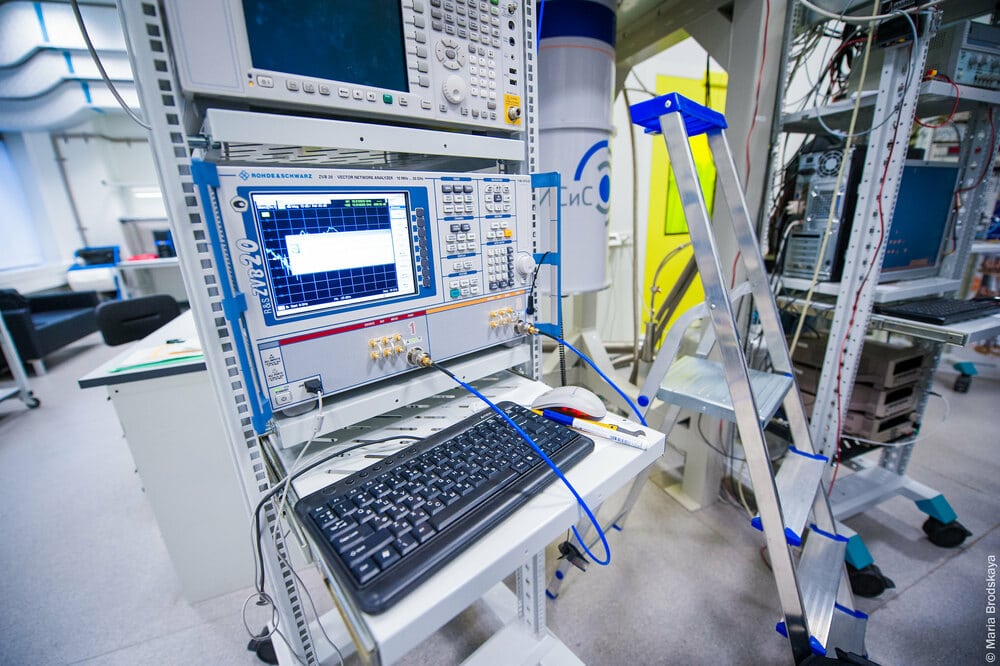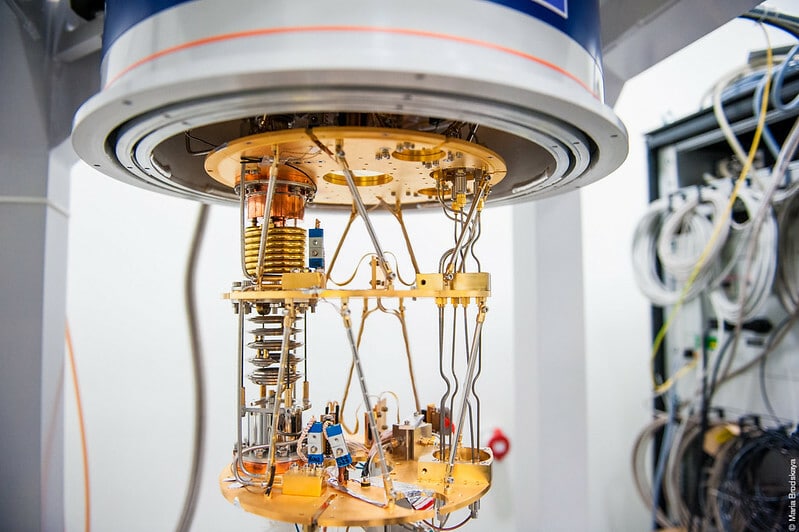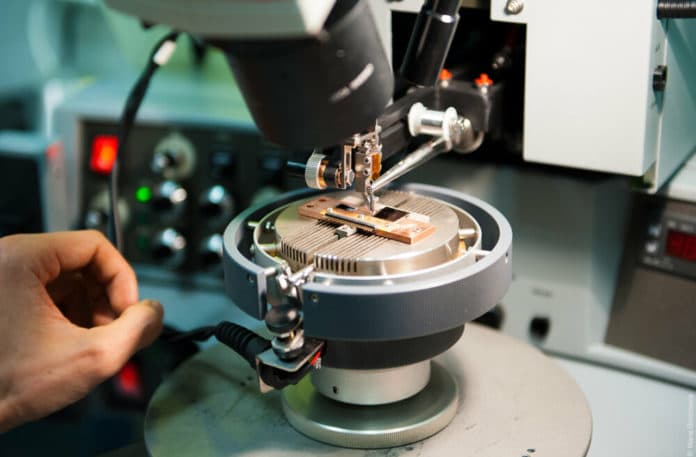Quantum computing relies on quantum bits, or “qubits” -coherent two-level systems – to encode information. Superconducting qubits are leading candidates in the race to build a quantum computer capable of realizing computations beyond modern supercomputers’ reach.
However, scientists are still searching for the perfect qubit—one that can be precisely measured and controlled while remaining unaffected by its environment.
The nanoscale superconductor-insulator-superconductor Josephson junction is the critical element of a superconducting qubit. The junction acts as a tunnel made from two pieces of superconducting metal separated by a very thin insulating barrier. Aluminum oxide is the most commonly used insulator.
However, modern techniques do not allow to build a qubit with 100% precision. This prompts so-called tunneling two-level defects that limit the performance of superconducting quantum devices and cause computational errors. Those defects contribute to a qubit’s decoherence.

Recently, scientists from NUST MISIS, the Russian Quantum Center, and the Karlsruhe Institute of Technology have developed a quantum sensor that allows precise measurement and manipulation of individual two-level defects in qubits. This discovery could pave the way for quantum computing.
The sensor itself acts as a superconducting qubit that detects and manipulates individual defects.

According to Prof. Alexey Ustinov, Head of the Laboratory for Superconducting Metamaterials at NUST MISIS and Group Head at Russian Quantum Center, who co-authored the study: The study could open new opportunities for quantum material spectroscopy to investigate the structure of tunneling defects. It could also help scientists develop low-loss dielectrics that are urgently required for the advancement of superconducting quantum computers, the researchers believe.
Journal Reference:
- Alexander Bilmes et al., Quantum sensors for microscopic tunneling systems, npj Quantum Information (2021). DOI: 10.1038/s41534-020-00359-x
